#dog communication
Text

I am running a free community event on dog behaviour and communication for my rural town - just a small session showing various ways dogs express themselves, help identify actual aggression, discomfort, etc.
I would like to run a slideshow showing some of the expressions - for example, grimaces, whale eye, tense mouths and eyes, relaxed facial expressions and anything of that nature.
If you have any photos or could take some of your dogs expressing themselves, I would be super grateful if you'd send them through - this event will not be recorded or published, the images will be used in a powerpoint presentation and not provided to any members of the public.
I intend on staking out the local vet to get some shots, and of course I have tons of my own - but as we all know, various breeds display things in ways that look very different! a hard stare on my toy poodle is going to be a bit scarier and obvious on a doberman or staffy, and a loose happy face will be easier to spot on a bordercollie versus a bulldog!
i'd like a decent variety so i can show how obvious signs of frustration and aggression can be ignored in some breeds - and why a perfectly happy relaxed dog is assumed to be aggressive based on common misconceptions.
the email for photos is [email protected] - background info on the photo, what the dog was doing, experience, whatever, because context matters!
short videos would also be super welcome!
90 notes
·
View notes
Text
👀 Yup, you read it right! But have you ever wondered if your dog is also your personality twin?
❓ Do you and your dog share similar traits?
🎯 If so, you are not alone. 🔗 👀
Jump on the link below, if exploring is an option!
https://doggozila.com/dog-owners-looking-like-their-dogs/
#dog blog#dog lovers#dog blogger#dog intelligence#dog breeds#doggo#cute pets#dog communication#doggos of tumblr#my pets
5 notes
·
View notes
Photo




(via WHY DO DOGS WHINE?)
7 notes
·
View notes
Text
I want to say those talking buttons for dogs are not bullshit.
However, be warned: Mf dog just ask me for corn flakes by pressing "Food" button and staring at me while I ate it 😂
It's been just a week since he's had those, I'm kinda scared.
15 notes
·
View notes
Text
Some neat communication.
They're completely fine with each other. Nefja simply doesn't like other dogs sniffing or licking her face.
16 notes
·
View notes
Text
them: you better not be gay wolf when i come over
my gay wolf ass:

#canine therian#therian community#wolf therian#theriotype#wolfkin#caninekin#nonhumanity#therianthropy#gay therians#confessions of the dog
38K notes
·
View notes
Text
so when straight people ask me why I say I’m “queer” or “gay” instead of sharing my actual identity as a panromantic demisexual non-binary sapphic queer I just tell them “ok look, when you’re talking to someone who isn’t local and they ask you where you’re from and you either say the name of the largest city nearby or ‘town name, suburb of large nearby city’ so they can get some geographical context of where you’re located right, bc they’re probably not going to know the name of the little town you actually live in.”
but if you’re talking to a local you can say the name of your actual town bc they have a greater chance of knowing where/what that is.
ok well when I’m talking to a straight person I start with queer bc chances are they aren’t as familiar with the context of all the little towns in that big queer city and need gps (gay positioning system) to find me.
if I’m talking to another queer person and I say I live in a suburb of gay city in a town called panromantic on the demisexual side of the tracks which is in the county of queer and I live off the intersection of non-binary and sapphic, they’d probably be able to find me with little to no problems, make sense?
#personal rant lol#like saying queer or gay is so much easier sometimes#if I say anything else sometimes I get the confused dog head tilt and I’m just like ok ok I’m gay#lgbtq community#lgbtqia#demisexual#non binary#sapphic#lgbtqia+#queer#panromantic
66K notes
·
View notes
Text
I feel personally wronged by the fact my body language is so limited. No pointy ears to flatten. No tail to wag. No hackles to raise. No sharp teeth to bare.
#alterhuman#under-thoughts#therian#caninekin#otherkin#dogkin#therian community#theriotype#wolfkin#wolf therian#Dog therian
41K notes
·
View notes
Text













MONKEY MAN (2024)
#augh it was so good i couldn't stop thinking about it#and also i need to rewatch it because i kept getting distracted by dev patel's big beautiful eyes.....#does he have a licence for those#the mythology the politics the sectarian rife the hijra community and outsider he wove so many things together so beautifully#and also. he gave us an adorable dog. which is necessary to me.#and also he took his shirt off multiple times.#monkey man#dev patel#vipin sharma#spoilers#long post#transgender#lgbt#lgbtq#lgbtqia
16K notes
·
View notes
Text

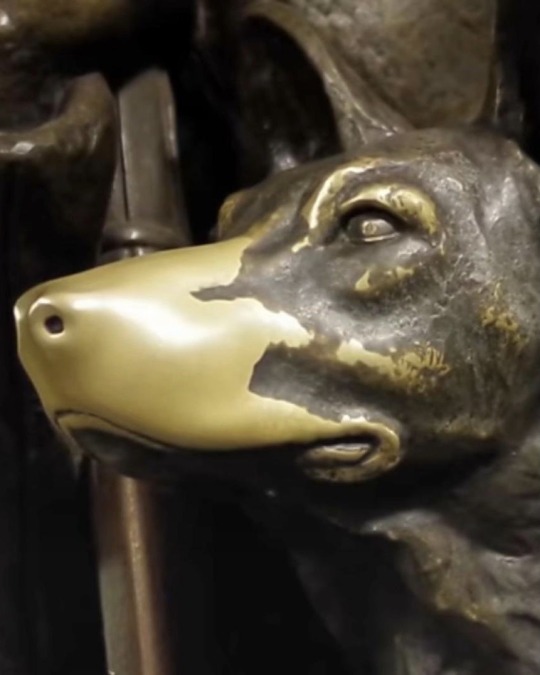


Dog sculptures turned golden from tourists petting them throughout the years
#sculpture#sculptures#art#architecture#classic academia#dark academia#art blog#dogs#traveling#travelcore#travel aesthetic#animals#art history#museumcore#wholesome#dog#museum aesthetic#artist#artblr#art community#classical art#artists#academia aesthetic#aesthetic#pets#pet
24K notes
·
View notes
Text
10 Things Your Dog Is Trying To Tell You - Pet Insights
Dogs have a unique way of communicating with humans. Their body language, behaviors, and sounds can convey important messages about their needs, emotions, and desires. Understanding what your dog is trying to tell you is essential for building a strong and harmonious bond with your furry friend.
In this article, we will explore 10 key things your dog may be trying to communicate to you. From…
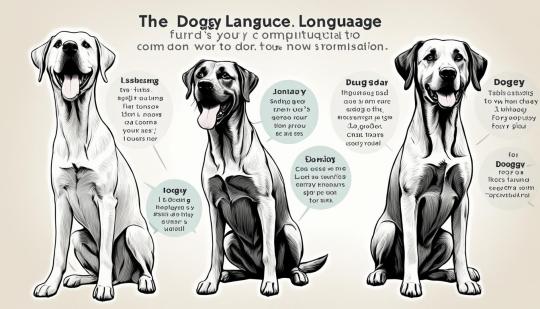
View On WordPress
#canine companionship#canine cues#dog communication#dog owner advice#dog psychology#pet behavior#pet care tips#pet communication#pet insights#understanding your dog
0 notes
Photo

Dogs may ‘picture’ objects in their minds, similarly to people
Researchers used EEG testing to measure brain waves in dogs and found evidence suggesting that dogs can differentiate between words for different objects. The study indicates that dogs may have the ability to understand words and their corresponding objects, similar to how humans do. This research sheds light on canine cognition and language learning, showing that dogs may have some level of language comprehension. The study highlights the unique communication abilities of dogs and other animals, providing insight into the evolution of language.
#dog communication#animal language#cognitive research#animal behavior#pet science#language learning#dog training#brain wave studies#eeg#pet#animal#dog#language processing#object recognition
1 note
·
View note
Text
Dogs are our best friends in sickness and in health!
Learn just how dogs can contribute to our physical and emotional well-being.
Dogs, often hailed as humans’ best friends, have been the topic of many scientific studies looking into how they might boost our well-being. In this Spotlight, we’ll explain how your friendly pup can benefit your health across the board.
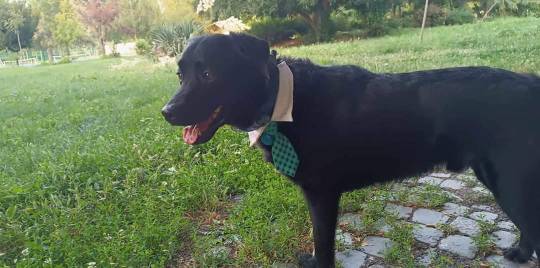
According to the American Society for the Prevention of Cruelty to Animals (ASPCA), an estimated 78 million dogs are owned as pets in the United States. It is unclear when dogs were first domesticated, but a study Trusted Source published last year claims that, at least in Europe, dogs were tamed 20,000–40,000 years ago. It is likely that humans and dogs have shared a special bond of friendship and mutual support ever since at least the Neolithic period — but why has this bond been so long-lasting?
Of course, these cousins of the wolves have historically been great at keeping us and our dwellings safe, guarding our houses, our cattle, and our various material goods. Throughout history, humans have also trained dogs to assist them with hunting, or they have bred numerous quirky-looking species for their cuteness or elegance.
However, dogs are also — and might have always been — truly valued companions, famed for their loyalty and seemingly constant willingness to put a smile on their owners’ faces.
In this Spotlight, we outline the research that shows how our dogs make us happier, more resilient when facing stress, and physically healthier, to name but a few ways in which these much-loved quadrupeds support our well-being.
How dogs keep you in good health.
Many studies have suggested that having dogs as pets is associated with better physical health, as reviews Trusted Source of the existing literature show. These findings persist. Just last year, Medical News Today reported on a study that showed that owning a dog reduces a person’s risk of premature death by up to a third. Also, researchers at the University of Harvard in Cambridge, MA, suggest that dog owners have a lower risk of heart disease. Why is that? It is difficult to establish a causal relationship between owning a dog and enjoying better health.
However, the benefits may appear thanks to a series of factors related to lifestyle adjustments that people tend to make after they decide to adopt a canine friend.
The most prominent such lifestyle factor is physical activity. There is no way around it: if you own a dog, you have to commit to twice daily walks — and sometimes even more.

According to a paper Trusted Source published in The Journal of Physical Activity and Health, dog owners are more likely to walk for leisure purposes than both non-pet owners and people who own pet cats.
The results were based on studying a cohort of 41,514 participants from California, some of whom owned dogs, some of whom owned cats, and some of whom did not have any pet
Moreover, several recent studies — including one from the University of Missouri in Columbia and another from Glasgow Caledonian University in the United Kingdom — found that adults aged 60 and over enjoy better health thanks to the “enforced” exercise they get by walking their dogs.
Dogs can strengthen our health not just as we grow older, but also much, much earlier than that: before we are even born. Research published last year suggests that children who were exposed to dogs while still in the womb — as their mothers spent time around dogs during pregnancy — had a lower risk of developing eczema in early childhood.
Also, children exposed to certain bacteria carried by dogs also experienced a reduction of asthma symptoms, the researchers noted.
‘Dogs make people feel good’

Perhaps the most intuitive benefit of sharing your life and home with a canine friend is that dogs give you “feel-good vibes” almost instantly.
Dogs are often used as therapy animals because they have a calming effect on people.
It is really difficult not to cheer up, even after a hard day’s work, when you are greeted with — often vocal — enthusiasm by a friendly dog.
This, researchers explain, is due to the effect of the “love hormone” oxytocin.
“During the last decades,” write the authors of a review that featured in Frontiers in Psychology, “animal assistance in therapy, education, and care has greatly increased.”
When we interact with dogs, our oxytocin levels shoot up. Since this is the hormone largely responsible for social bonding, this hormonal “love injection” boosts our psychological well-being.
Previous studies analyzed in the review have revealed that dog owners have more positive social interactions, and that the presence of canine friends makes people more trusting…and also more deserving of trust. Moreover, dogs appear to reduce symptoms of depression and render people more resilient to stress. That is why dogs are often used as therapy animals.
As researcher Brian Hare, of Duke University in Durham, NC, noted in an interview for The Washington Post:
“Dogs make people feel good, and their only job is to help people in stressful situations feel better.”
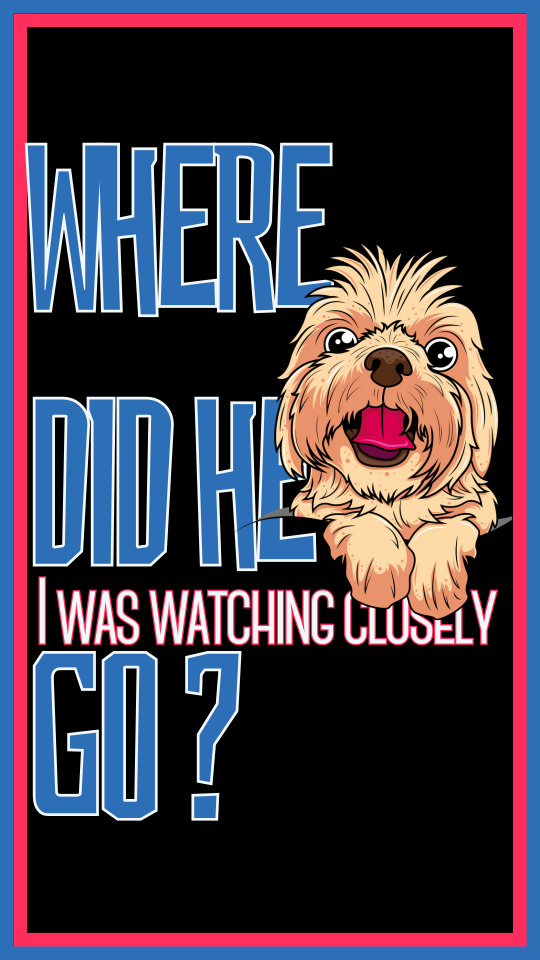
Researchers hypothesize that therapy dogs can improve the psychological well-being of children going through cancer therapy, as well as help individuals diagnosed with post-traumatic stress disorder (PTSD) deal with disruptive symptom Trusted Source or even prevent the onset of PTSD episodes.
What clinical research in dogs can teach us. Our canine companions could also give us clues and open new avenues of research when it comes to clinical research concerning our own health problems.
Dogs share many diseases with humans; by learning more about them, we can also learn more about ourselves. A study that MNT covered earlier this year reveals that dogs share certain metabolic conditions — such as obesity — with their human owners.
Thus, learning more about dogs’ gut microbiota and how they are affected by diet could help us understand how best to tackle our own eating habits.
Like humans, dogs can also develop some forms of cancer. Much like us, dogs can get brain tumors to similarly destructive effect, so learning which genes predispose our canine companions to gliomas may also be translated into cancer research for human patients.
Moreover, a contagious form of canine cancer could shed light into how forms of cancer found in humans have come to develop. Dogs can also experience certain features characteristic of dementia, such as impaired problem-solving abilities.
Dr. Rosalind Arden, of the London School of Economics and Political Science in the U.K., “are one of the few animals that reproduce many of the key features of dementia.”
Researchers explain that by understanding how cognitive tasks are affected in these quadrupeds, we may become better equipped to solve the riddle of dementia in the case of humans, too “Dogs,” notes
“[S]o,” she goes on to add, “understanding their cognitive abilities could be valuable in helping us to understand the causes of this disorder in humans and possibly test treatments for it.”
Dogs are not just incredibly loveable and often very funny friends whose antics fuel the Internet’s store of memes continuously; their company also keeps us in good physical shape. Also, their health problems — sadly but endearingly — often mirror our own.
Most of all, however, we welcome them into our lives — and have done so since time immemorial — because they instantly bring us the sort of joy and calm that we would otherwise have to work hard to obtain.
Author Dean Koontz summarized this perfectly in his memoir of his own much-loved dog:
“One of the greatest gifts we receive from dogs is the tenderness they evoke in us."
By their delight in being with us, the reliable sunniness of their disposition, the joy they bring to playtime, the curiosity with which they embrace each new experience, dogs can melt cynicism, and sweeten the bitter heart..
#dog blog#dog lovers#dog blogger#dog intelligence#dog breeds#doggo#cute pets#dog communication#doggos of tumblr#my pets#rescue dogs#daily doggos#dog health
3 notes
·
View notes
Photo





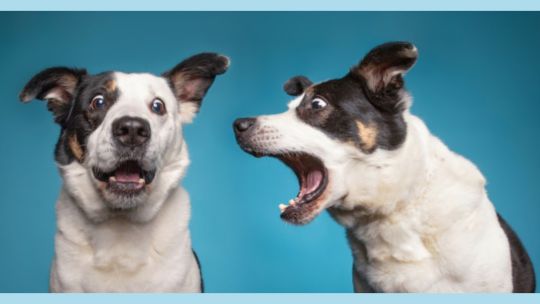


(via CAN DOGS UNDERSTAND WORDS)
In addition to understanding human body language, dogs also rely heavily on their own body language to communicate with each other and with humans. They use a combination of postures, facial expressions, tail wagging, ear position, and vocalizations to convey their emotions and intentions.
3 notes
·
View notes
Text
Kinda nonhuman because mental illness, kinda nonhuman because not being properly socialized as a kid, kinda nonhuman because queer, kinda nonhuman because angry at humanity, kinda nonhuman because longing for the unconditional love of a pet and it’s master, and kinda nonhuman because secret sixth thing.
14K notes
·
View notes
Text
Using Dog Language To Train Dogs
Use Dog Language To Up Your DogTraining Game
No matter what we’re teaching a dog, it’s crucial to be able to read dog body language. Then we can offer a visual cue as a means of letting him know what we want him to do. Obviously, inter-dog communication doesn’t use verbal language like we do. Instead, dogs communicate via complex combinations of body postures, movements, facial expressions and…

View On WordPress
#alpha dog#dog body language#dog communication#Dog language#dog trainers#dog training#dog training strategies#dogs#down#effective dog training#lynne fedorick#problem dogs#subborn dog#training dogs
0 notes